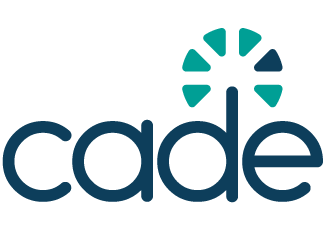US Copyright Office avoids clear decision on AI and fair use
A new report stops short of declaring AI training with copyrighted content fair use, sparking frustration among both tech firms and creators.

The US Copyright Office has stopped short of deciding whether AI companies can legally use copyrighted material to train their systems under fair use.
Its newly released report acknowledges that some uses, such as non-commercial research, may qualify, while others, like replicating expressive works from pirated content to produce market-ready AI output, likely won’t.
Rather than offering a definitive answer, the Office said such cases must be assessed by the courts, not through a universal standard.
The latest report is the third in a series aimed at guiding how copyright law applies to AI-generated content. It reiterates that works entirely created by AI cannot be copyrighted, but human-edited outputs might still qualify.
The 108-page document focuses heavily on whether AI training methods transform content enough to justify legal protection, and whether they harm creators’ livelihoods through lost sales or diluted markets.
Instead of setting new policy, the Office highlights existing legal principles, especially the four factors of fair use: the purpose, the nature of the work, the amount used, and the impact on the original market.
It notes that AI-generated content can sometimes alter original works meaningfully, but when styles or outputs closely resemble protected material, legal risks remain. Tools like content filters are seen as helpful in preventing infringement, even though they’re not always reliable.
The timing of the report has been overshadowed by political turmoil. President Donald Trump reportedly dismissed both the Librarian of Congress and the head of the Copyright Office days before the report’s release.
Meanwhile, creators continue urging the government not to permit fair use in AI training, arguing it threatens the value of original work. The debate is now expected to unfold further in courtrooms instead of regulatory offices.
What does it mean?
The US Copyright Office’s decision to defer judgement signals that digital standards around data usage, authorship, and content protection remain unsettled. Rather than introducing new, codified rules, the Office relies on case-by-case judicial interpretation, which delays the formation of clear and uniform standards in both the legal and technical realms.
This legal ambiguity has several implications for digital standards. First, it slows the development of consistent frameworks for dataset curation and licensing in AI training. Without clear rules, companies lack guidance on how to design compliant data pipelines or content filters. Second, it places increased pressure on the courts to establish de facto standards through precedent, rather than through consensus-driven bodies like WIPO, ISO, or the IETF. This reactive approach limits global interoperability and creates compliance uncertainty across jurisdictions.
The report also reinforces that machine-generated content without human input cannot be copyrighted, adding pressure to define technical standards for human–AI collaboration, attribution, and originality. This affects how platforms, publishers, and developers build tools for managing authorship, version control, and traceability.
In short, the lack of regulatory clarity means that digital standards for AI training data, copyright attribution, and content moderation will be shaped less by coordinated policymaking and more by fragmented court rulings, technical workarounds, and market-led experimentation. Until a clearer consensus emerges, the digital ecosystem will operate in a grey zone—legally, ethically, and operationally.


